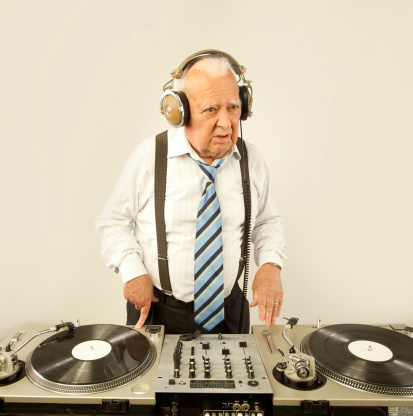 For those with Parkinson’s, natural remedies are in short supply. There aren’t a lot of natural healing techniques that have been scientifically proven to make a difference when it comes to reducing symptoms.
For those with Parkinson’s, natural remedies are in short supply. There aren’t a lot of natural healing techniques that have been scientifically proven to make a difference when it comes to reducing symptoms.
Parkinson’s is complex. Symptoms can be different from one person to the next. Not everyone with Parkinson’s has the same symptoms, nor do these symptoms show up at specified times during the progression of the disease. Symptoms can advance slowly, or they can move quickly. Symptoms may change over time or they might stay the same.
This makes it especially difficult to track progression of the disease and to adapt medication in a pre-emptive way. Even those with experience dealing with Parkinson’s over the course of years will still mention that their symptoms can change from day to day and hour to hour.
For this reason, sometimes the most difficult aspect of having Parkinson’s is managing a complicated medication regime. Many Parkinson’s patients take a different number of pills each day at specific times. It must seem, to someone with Parkinson’s, that they need to be a doctor themselves in order to keep track of such a complex drug plan.
Natural healing, triggered by the use of natural remedies, makes an attractive alternative for someone with Parkinson’s. Natural remedies offer a welcome relief from the side effects of Parkinson’s drugs. Natural healing is a gentle process. Natural remedies are intended to cause very minimal side effects, if any.
Here’s a recent natural remedy for Parkinson’s that’s great for natural healing. This natural remedy encourages a person with Parkinson’s to lead an active life that is as normal as possible. It encourages Parkinson’s sufferers to care for themselves and feel more in control and independent. The natural remedy is dance.
In a recent study, researchers had a group of adults with Parkinson’s participate in a 75-minute weekly dance class. They found the dance lessons helped alleviate some of the symptoms of Parkinson’s. These symptoms included experiencing difficulties with tremors, rigid muscles, balance problems and slowed or frozen movements. It seems the enjoyment of moving to music overcame some of the difficulty and frustration that Parkinson’s patients often feel when trying to remain active.
The study participants responded to the dance lessons in a more positive way than they did to repeated physiotherapy sessions or independent workout sessions. Music has a rhythm that the body instinctively tries to follow. Music as a natural remedy helped to engage the study participants’ not only physically, but emotionally too. Many found it enjoyable and stimulating. As a natural healing tool, dancing to music seemed to be as much fun socially as it was mentally and physically challenging.
The study is ongoing and the researchers intend to conduct brain MRIs at the end of the trial. They hope to find concrete evidence of beneficial neurological and physical changes as a result of participating in dance classes.
Let’s hope the researchers get the results they want and that dancing will be used as a scientifically-proven natural remedy to benefit people with Parkinson’s.
Source(s) for Today’s Article:
Ubelacker, S., “Canadian study aims to see if dance can help Parkinson’s disease,” CTV News web site, Oct. 24, 2013; http://www.ctvnews.ca/health/health-headlines/canadian-study-aims-to-see-if-dance-can-help-parkinson-s-patients-1.1511002, last accessed Nov. 5, 2013.
Houston, S., et al., “A mixed-methods study into ballet for people living with Parkinson’s.” Arts Health. June 2013; 5(2): 103-119.
